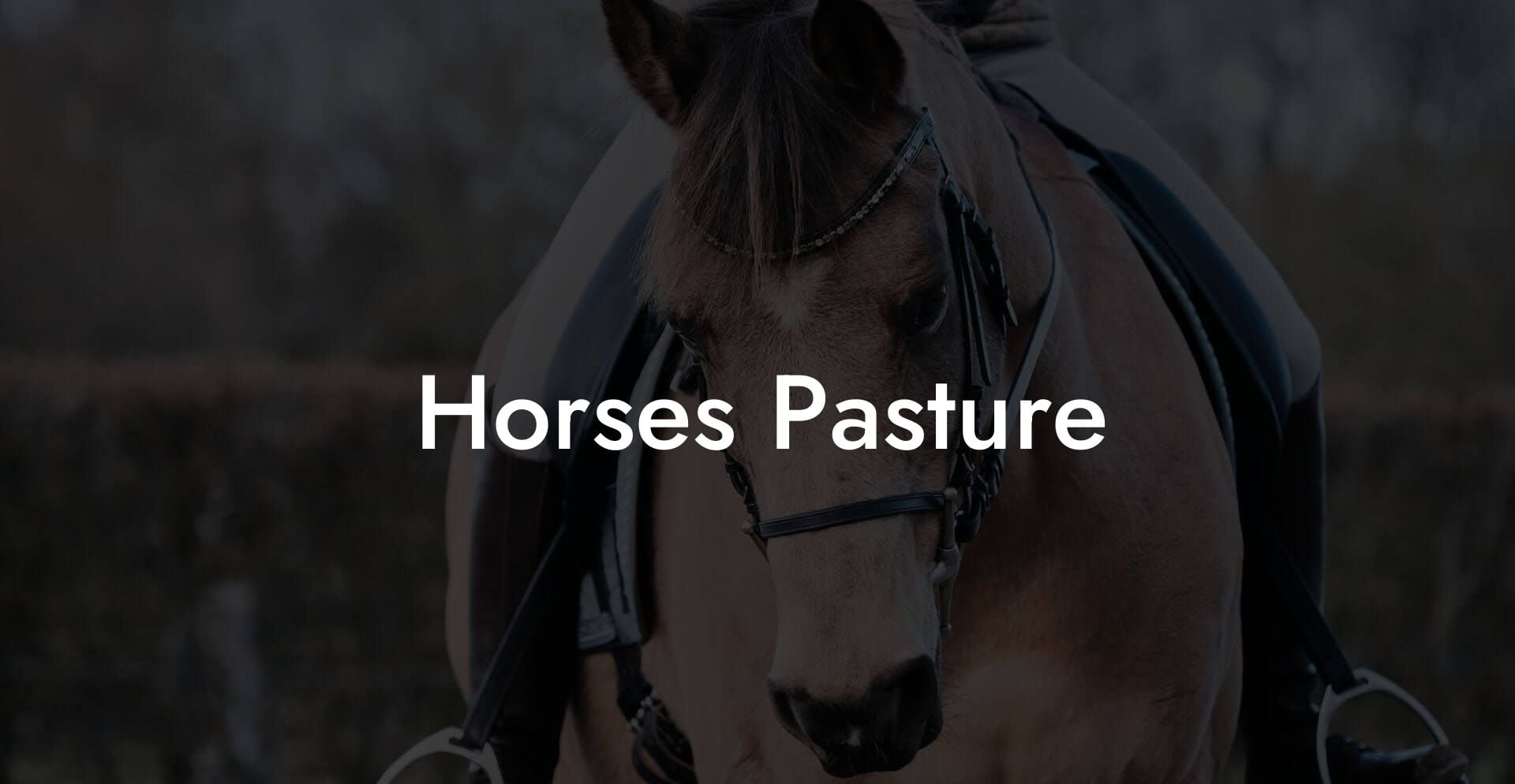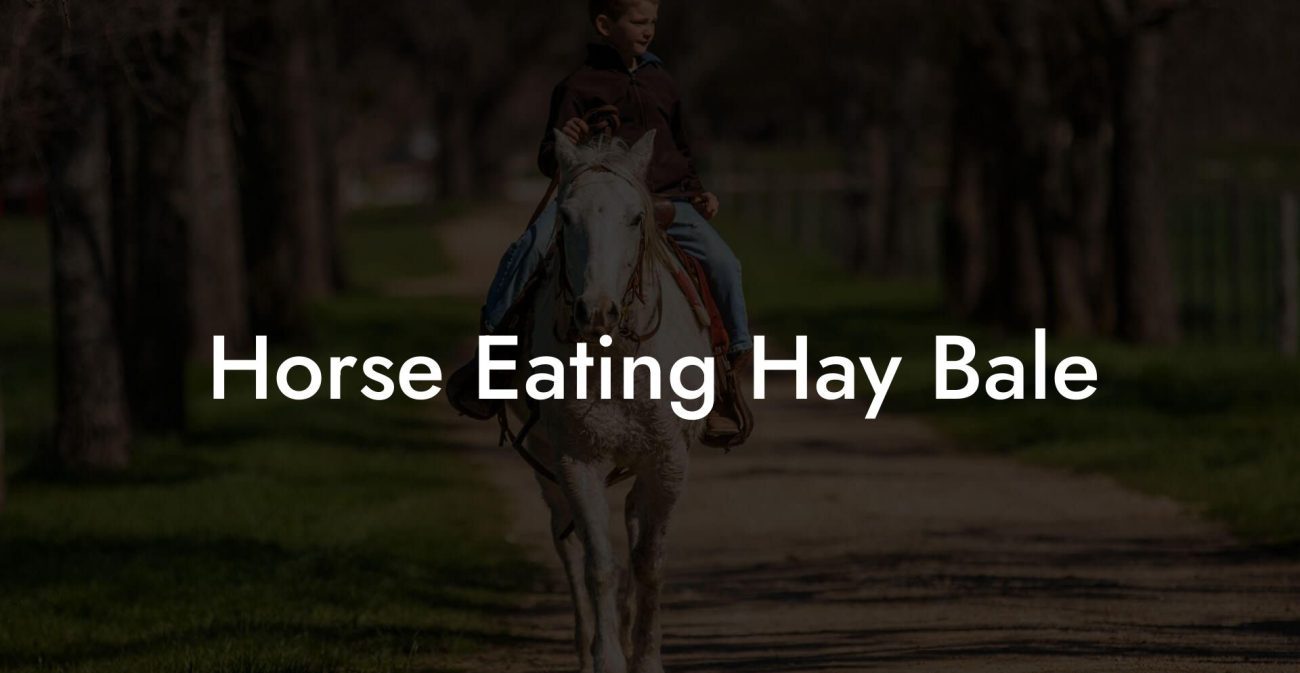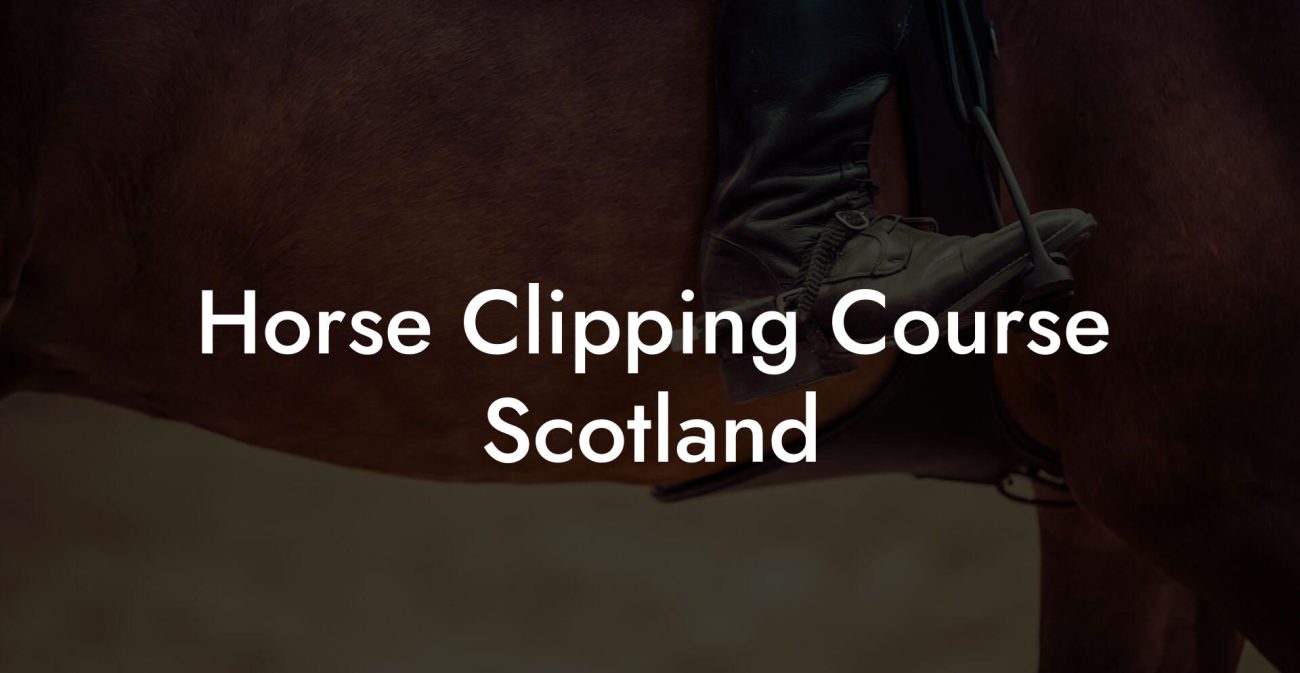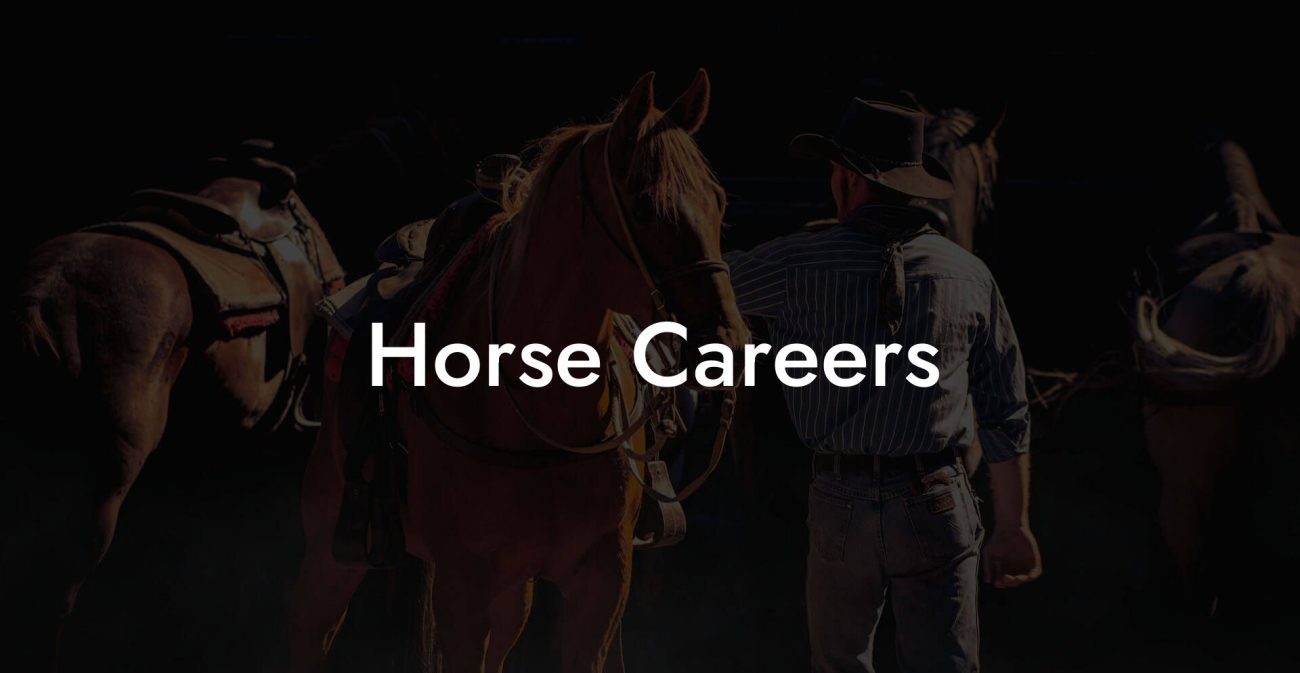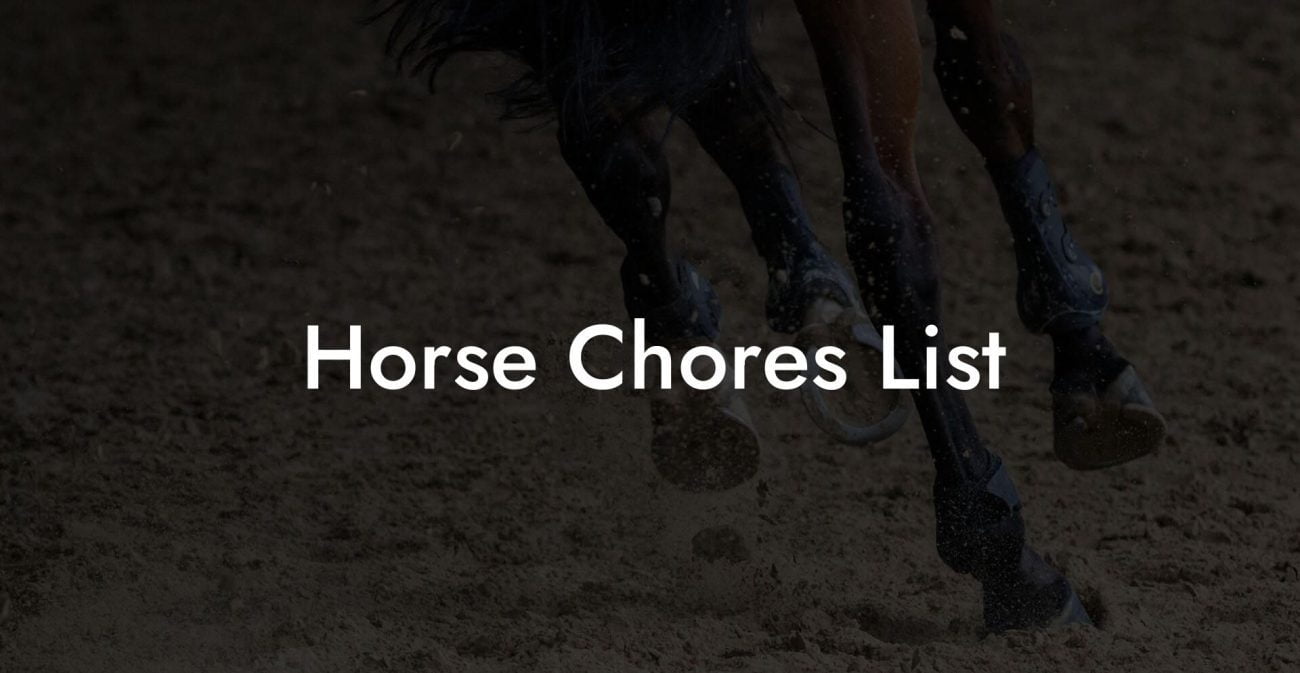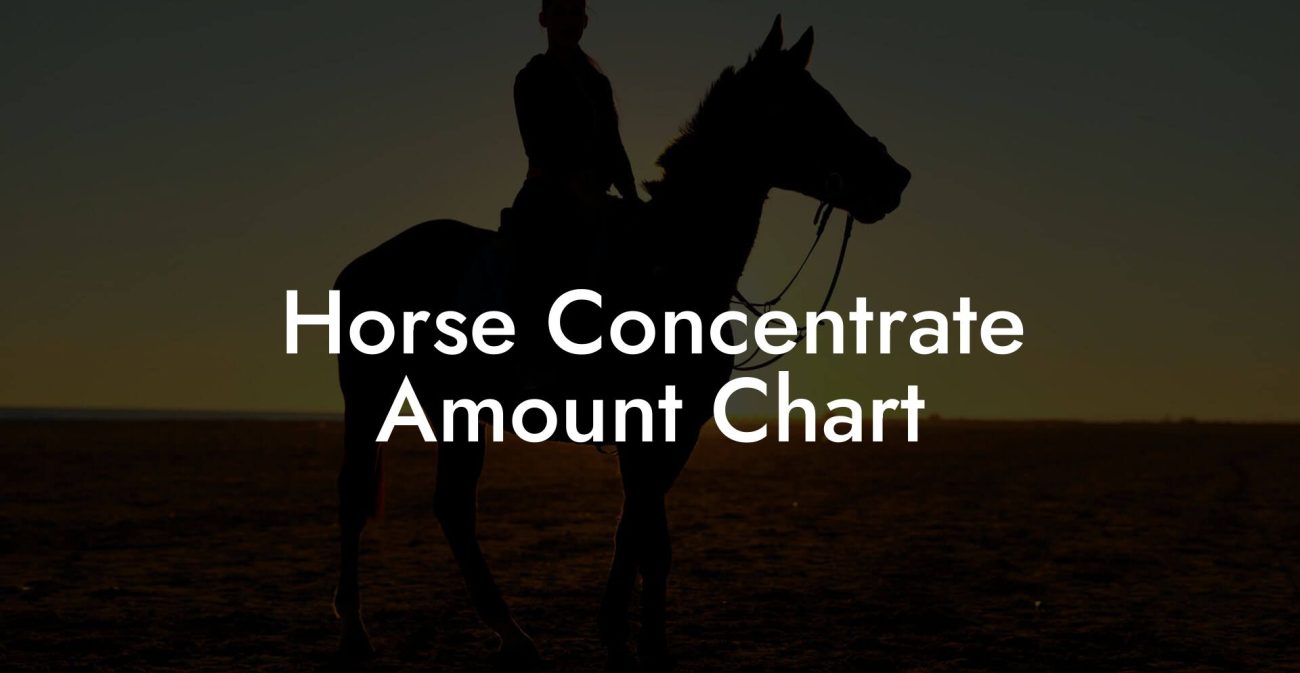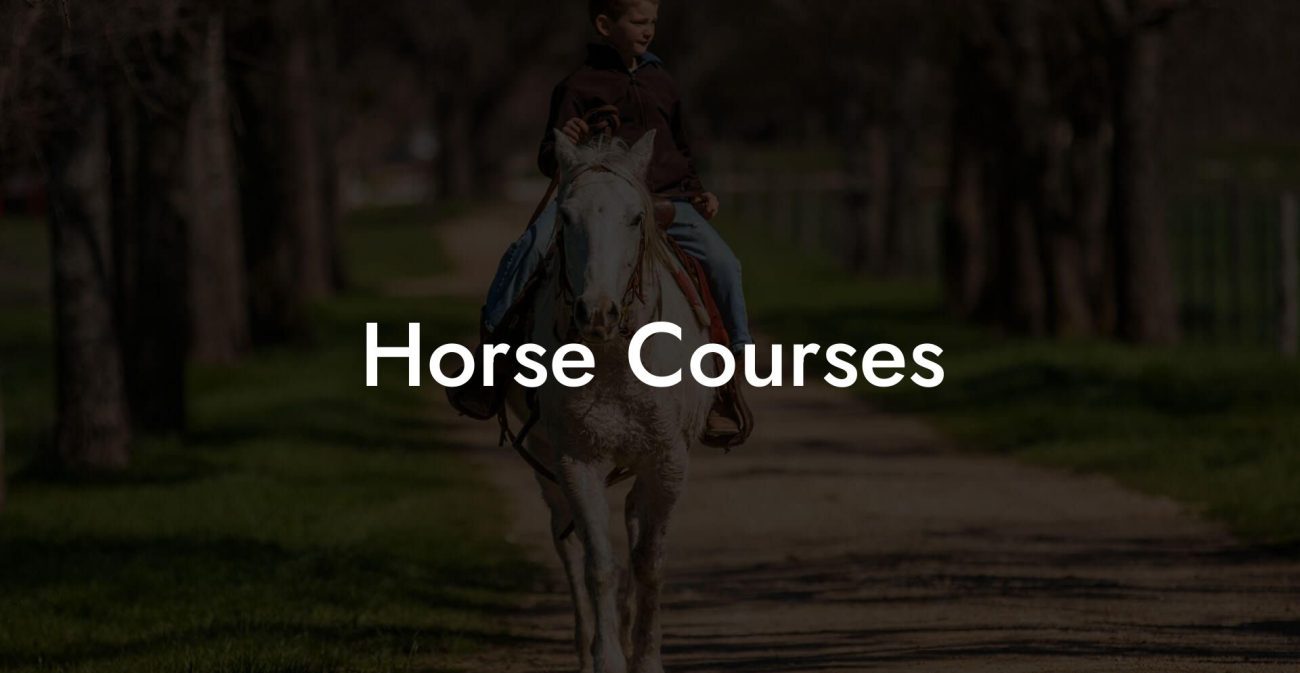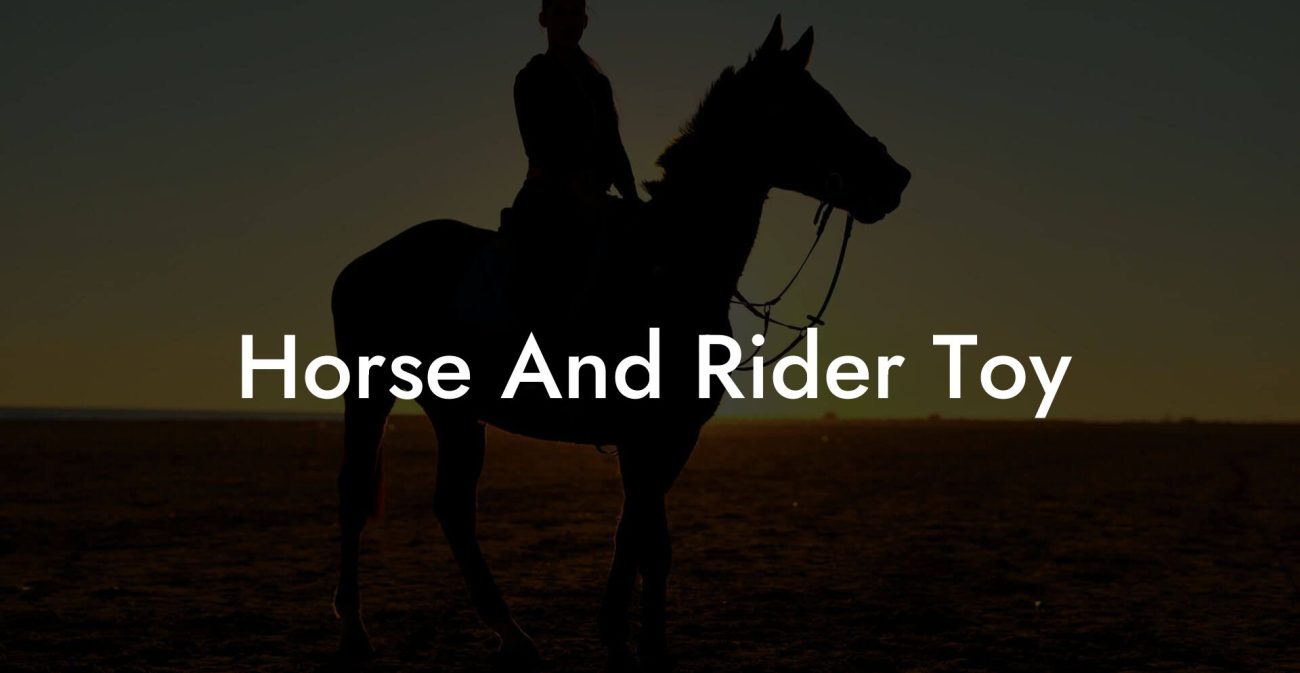Beneath the radiant sun and over rolling fields of lush green, horse pastures are more than just grazing grounds – they’re the vibrant heart of equine wellness and sustainable living. Whether you’re a seasoned equestrian, a first-time horse parent, or a curious Gen-Z adventurer looking to connect with nature in a totally fresh way, this deep-dive guide to horse pasture care will equip you with the savvy, practical tips and eco-conscious strategies you need to keep your equine companions thriving.
Quick Links to Useful Sections
- Understanding the Foundations of Horse Pasture Management
- The Amazing Benefits of a Well-Maintained Pasture for Your Horse
- Enhanced Nutritional Value
- Improved Physical and Mental Health
- Sustainability and Environmental Impact
- Cost-Effectiveness and Reduced Feed Costs
- Best Practices in Horse Pasture Maintenance and Management
- Implementing Rotational Grazing
- Soil Testing and Fertility Management
- Controlled Mowing and Weed Management
- Water Management and Irrigation
- Nutritional Insights: How Pasture Grazing Boosts Your Horse’s Health
- The Nutritional Powerhouse of Fresh Grass
- Balancing Forage and Supplemental Feeding
- Natural Behavioral and Health Benefits
- Innovative and Sustainable Techniques for Pasture Renewal
- Embracing Rotational and Adaptive Grazing
- Conservation Planting and Biodiversity
- High-Tech Tools in Modern Pasture Management
- Case Studies: Real-Life Transformations in Horse Pasture Management
- Case Study 1: The Urban Escape Turned Pasture Paradise
- Case Study 2: Revitalizing a Family Farm with Eco-Friendly Practices
- Designing Your Personalized Horse Pasture Care Plan
- Step 1: Conduct a Thorough Pasture Assessment
- Step 2: Set Realistic Goals and Priorities
- Step 3: Develop a Multi-Faceted Management Strategy
- Step 4: Create a Daily, Weekly, and Seasonal Routine
- Step 5: Monitor, Evaluate, and Refine Your Approach
- Resources and Community Support: Your Next Steps
- FAQs on Horse Pasture Management: Your Burning Questions Answered
- Your Journey to a Thriving, Eco-Chic Horse Pasture
Understanding the Foundations of Horse Pasture Management
Horse pastures are dynamic ecosystems where soil, grass, and hoofbeats converge to create an environment that promotes both the health of your horse and the sustainability of the land. At its core, pasture management (or pasture care for horses) involves a blend of science and art – a delicate balancing act that ensures your horse is grazing on nutrient-rich forage while giving the land the rest and regeneration it needs.
The key to effective horse pasture management lies in understanding your pasture’s unique ecosystem. From the type of soil and native grasses to local weather patterns and water availability, every factor influences how you should manage your field. This isn’t just boring agronomy – it’s about creating a space where horses can roam freely, exercise naturally, and even express their wild side, all while keeping the environment green and thriving.
Modern techniques, such as rotational grazing and strategic fertilization, blend old-school wisdom with innovative practices. Rotational grazing allows pastures to rest and rejuvenate, ensuring that grass remains lush and resistant to overgrazing. At the same time, understanding soil nutrient management and using organic supplements can boost both the quality of the forage and your horse’s digestive health.
Whether you’re managing a sprawling ranch or a cozy paddock in your backyard, having a solid grasp of these fundamentals lays the groundwork for everything from day-to-day care to long-term sustainability. And with a healthy pasture, your horse’s daily routine transforms from a chore to a joyous romp in nature.
The Amazing Benefits of a Well-Maintained Pasture for Your Horse
Picture this: your horse can graze, run, and socialize in an environment designed to support its health, all while being protected from common issues like muddy patches, toxic weeds, and soil erosion. A well-managed pasture isn’t just a pretty picture – it’s a powerhouse of benefits for both your horse and the environment.
Enhanced Nutritional Value
When your horse grazes on a naturally fertile pasture, they’re receiving a cocktail of nutrients that cannot be matched by hay or feed alone. Fresh grass is packed with essential vitamins, minerals, and antioxidants. Plus, different types of grasses and legumes offer a diverse range of nutrients that support digestion, boost immunity, and contribute to overall vitality.
Job done: Nature’s buffet is open 24/7!
Improved Physical and Mental Health
Regular grazing not only keeps your horse in tip-top shape physically but also benefits mental health. A spacious, well-maintained pasture means more natural movement and social interaction – essential ingredients for reducing stress and curbing boredom. Far from the sterile confines of a stall, horses in open pastures show better muscle tone, cardiovascular fitness, and even fewer behavioral problems.
Think of it as a health spa, but with hooves instead of yoga mats.
Sustainability and Environmental Impact
Beyond personal benefits, sustainable pasture management methods, such as rotational grazing and organic fertilization, help maintain the ecological balance of your land. By preventing overgrazing, reducing soil erosion, and promoting biodiversity, you’re not only caring for your horse but also contributing to a greener, healthier planet. Every time your horse trots across the pasture, it’s a small victory for sustainable living.
Cost-Effectiveness and Reduced Feed Costs
Investing time in maintaining a healthy pasture can also decrease your reliance on expensive supplemental feeds. Natural grazing can meet a significant portion of a horse's daily nutritional needs, meaning leaner feed budgets and fewer trips to the feed store.
Ultimately, the benefits of a thriving pasture ripple outwards – enhancing your horse’s life, boosting your land’s long-term viability, and even saving you money. It’s a win-win that makes every bit of care worth your while.
Best Practices in Horse Pasture Maintenance and Management
The magic behind a vibrant horse pasture lies in the details. From mowing schedules to soil testing, advancing your pasture management skills can feel like leveling up in your favorite video game – complete with challenges and rewards. Here’s how to keep your pasture in prime condition:
Implementing Rotational Grazing
Rotational grazing is a tried-and-true method that involves dividing your pasture into smaller sections (or paddocks) and rotating your horses between them. This technique allows each section time to rest and regenerate, preventing overgrazing and ensuring that grass has time to regain nutrients.
The benefits? Reduced weed growth, improved soil fertility, and a happier horse. Gen-Z and millennial horse keepers alike are turning to technology to optimize pasture rotations with GPS tracking and smart scheduling apps – blending tradition with innovation.
Soil Testing and Fertility Management
Healthy soil is the cornerstone of healthy grass. Regular soil testing helps you understand nutrient levels and pH balance, informing decisions about lime applications, fertilization, or even introducing organic compost. With the right balance, your pasture becomes a nutrient-rich haven that supports diverse, lush vegetation.
In today’s era, even the quiet fields get a tech update – digital soil sensors and mobile lab services make it easier than ever to monitor your land’s health.
Controlled Mowing and Weed Management
Strategic mowing not only keeps the grass at an optimal height but also prevents the domination of invasive weeds. By encouraging a mix of grasses and legumes, you create a resilient pasture ecosystem that naturally suppresses undesirable species. Cutting-edge weed control methods now include environmentally friendly herbicides and even robotic mowers that reduce manual labor and increase efficiency.
Water Management and Irrigation
Good drainage and adequate irrigation are critical components of pasture management. Installing proper drainage systems and occasional supplemental irrigation during dry spells can prevent waterlogging and enhance nutrient absorption by the roots. Consider drip irrigation setups that conserve water and deliver moisture directly where it’s needed.
Combining these best practices creates a holistic approach to pasture care that not only ensures your horse receives top-notch nutrition but also contributes to the lasting health of your land.
Nutritional Insights: How Pasture Grazing Boosts Your Horse’s Health
There’s no substitute for the fresh, nutrient-dense forage that a well-kept pasture provides. For horses, grazing is not just a means of sustenance – it’s a natural, instinct-driven activity that promotes well-being on multiple levels.
The Nutritional Powerhouse of Fresh Grass
Fresh pasture offers a rich blend of vitamins, minerals, and antioxidants that support everything from joint health to immune function. Nutrients such as vitamin A, vitamin K, and essential fatty acids are found in abundance in fine, green grasses. These compounds help maintain eye health, improve blood clotting, and contribute to the integrity of cell membranes.
Additionally, the high fiber content in fresh grass is excellent for digestive health. It encourages natural digestion and helps maintain proper gut flora – crucial for preventing colic and other digestive issues common in horses.
Balancing Forage and Supplemental Feeding
While pasture grazing provides numerous nutritional benefits, there are times when supplemental feeding is necessary. Seasonal changes, geographical limitations, or the dietary needs of high-performance horses may require additional concentrates. However, a well-managed pasture can reduce these needs, allowing for a natural balance that promotes overall health.
The key is to monitor your horse’s body condition and adjust feed regimens based on available forage. Maintaining this balance not only saves costs but also ensures that your horse’s digestive system isn’t overloaded with processed feeds.
Natural Behavioral and Health Benefits
Grazing on a diverse array of grasses not only stimulates a horse’s digestive system but also presents mental challenges. Horses naturally move from one patch of grass to another, selecting the best bites, which provides mental stimulation and encourages physical movement. This behavior is akin to a built-in enrichment activity that keeps your horse engaged and active.
In summary, embracing the natural advantages of pasture grazing allows your horse to harness nature’s bounty – a truly holistic approach to nutrition that fuels their body, mind, and spirit.
Innovative and Sustainable Techniques for Pasture Renewal
Today’s pasture management is not just about today’s grazing – it’s about building a legacy of sustainable, eco-friendly practices that will benefit future generations of horses and land stewards alike. From innovative planting techniques to high-tech monitoring tools, modern pasture care has evolved into an art form that blends forward-thinking sustainability with practical farm management.
Embracing Rotational and Adaptive Grazing
Rotational grazing remains one of the crown jewels of sustainable pasture management. By dividing pastures into sectors and rotating horses systematically, the soil gets the much-needed rest to recover and rebuild. Adaptive grazing expands on this concept by using data from soil sensors, drones, and satellite imagery to adjust rotation schedules dynamically. This means you can respond to unexpected weather patterns, sudden pest infestations, or changes in forage quality almost in real time.
These tech-driven methods not only maximize the nutrient retention in your soil but also ensure a steady supply of high-quality forage throughout the grazing season.
Conservation Planting and Biodiversity
A diversified pasture is a resilient pasture. By integrating a mix of native grasses, legumes, and even wildflower patches, you create an ecosystem that naturally resists pests and diseases. Biodiversity in your pasture encourages beneficial insects and microorganisms, which in turn improve soil fertility and structure.
Many progressive horse owners are experimenting with seed mixes that require less water and fewer chemical inputs, resulting in a truly eco-friendly solution. This blend of native and adapted species helps mitigate the impact of climate change and keeps your pasture looking picture-perfect all year round.
High-Tech Tools in Modern Pasture Management
Welcome to the age where your pasture management can sync with your smartphone. Mobile apps, soil moisture sensors, and even drones are now part of the modern equestrian toolkit. These high-tech instruments allow for precise monitoring of forage growth, soil moisture, and nutrient levels, helping you make data-backed decisions that optimize both pasture performance and horse health.
Whether you’re checking your pasture’s vitality from your phone during your morning coffee or using drone imagery to plan your next rotational grazing move, these tools make modern horse pasture care efficient and fun.
Case Studies: Real-Life Transformations in Horse Pasture Management
Sometimes the best way to learn is through real-world examples. Let’s explore a couple of success stories where thoughtful pasture care transformed both the lives of horses and the health of the land.
Case Study 1: The Urban Escape Turned Pasture Paradise
Meet Luna, a spirited young mare living on the outskirts of a bustling city. Her owner, Alex, decided to convert an underused urban lot into a sanctuary of green. With a mix of native grasses, a rotational grazing plan, and a sprinkling of high-tech sensors to monitor soil moisture, the once-neglected space blossomed into a vibrant pasture.
Not only did Luna’s health improve, her coat became shinier, her energy levels soared, and she became noticeably more social, but the local community also got a taste of sustainable urban farming. Alex’s innovative approach turned a gray concrete jungle into a green haven, proving that transformative pasture management can happen even in urban settings.
Case Study 2: Revitalizing a Family Farm with Eco-Friendly Practices
Over on a sprawling family farm, the Johnsons faced declining pasture quality that threatened the health of their beloved herd. In response, they implemented a comprehensive pasture renovation plan. Key topics included introducing rotational grazing, integrating cover crops, and adopting a biodiverse seed mix that combined hardy grasses with legumes and wildflowers.
Within a single season, the farm witnessed dramatic improvements: richer soil, robust forage yields, and noticeable improvements in the overall energy and health of the horses. The Johnsons’ story highlights how traditional farming methods, when paired with innovative sustainable practices, can breathe new life into even the most timeworn pastures.
These case studies aren’t just feel-good stories; they underline practical strategies that you can adapt to any scale of horse pasture management, infusing your space with vitality and sustainability.
Designing Your Personalized Horse Pasture Care Plan
There’s no one-size-fits-all solution when it comes to managing a horse pasture. Every pasture presents its own unique challenges and opportunities – much like every horse has its own personality. Crafting a personalized care plan involves a thoughtful assessment of your land’s condition, your horse’s needs, and your environmental goals.
Step 1: Conduct a Thorough Pasture Assessment
Start by evaluating the current state of your pasture. Take note of soil quality, existing forage types, drainage patterns, and signs of overgrazing or erosion. For those who revel in digital tools, mobile apps and soil testing kits can provide invaluable insights right at your fingertips.
Step 2: Set Realistic Goals and Priorities
Whether your goal is to boost the nutritional content of the grass, reduce maintenance costs, or enhance sustainability, be sure to set clear, measurable objectives. Goals may include improving soil fertility by a certain percentage, reducing supplemental feed reliance, or increasing biodiversity.
Step 3: Develop a Multi-Faceted Management Strategy
Your management plan should integrate several key components:
- Rotational Grazing: Divide your pasture into smaller paddocks and track grazing periods to avoid overuse.
- Soil and Nutrient Management: Incorporate regular soil tests, organic composting, and natural fertilizers to maintain a nutrient-rich foundation.
- Weed Control and Mowing: Schedule strategic mowing sessions and use eco-friendly herbicides where necessary to maintain balance.
- Watering Techniques: Install irrigation systems or maintain natural water channels to ensure consistent moisture levels.
- Data-Driven Adaptation: Utilize modern tools, such as drone surveys and soil sensors, to monitor progress and adjust your management techniques as needed.
Step 4: Create a Daily, Weekly, and Seasonal Routine
Consistency is key in pasture management. Develop a schedule that outlines tasks such as soil testing, mowing, fence maintenance, and rotation timing. With digital calendars and task management apps at your disposal, you can stay on top of each chore without missing a beat.
Step 5: Monitor, Evaluate, and Refine Your Approach
Keep a detailed record of how your pasture evolves over time. Document growth patterns, horse behavior, and any challenges encountered. Regularly consulting with equine nutritionists and pasture management experts can provide fresh insights and guide adjustments to your care plan.
Crafting a personalized plan might take time and experimentation, but every effort brings you closer to that perfect balance of lush green grass, healthy horses, and a thriving ecosystem.
Resources and Community Support: Your Next Steps
The journey to mastering horse pasture care is even more exciting when you join a vibrant community of like-minded equestrians, sustainability enthusiasts, and outdoor innovators. Whether it’s through online forums, local workshops, or social media groups, connecting with others who share your passion can offer inspiration, practical tips, and a sense of camaraderie.
Many organizations and websites now specialize in sustainable agriculture and pasture management. Look for resources that offer step-by-step guides, seasonal tips, and even video tutorials demonstrating best practices. Additionally, consider joining local clubs and workshops where experts share their firsthand experiences and advice.
Digital platforms like Instagram, TikTok, and YouTube are hotbeds of innovative ideas, where modern horse keepers mix humor with expertise to highlight transformative pasture projects. Tune in to these communities not only to learn but also to contribute your own journey – be it sharing photos of your rejuvenated pasture or tips on eco-friendly tools.
Your next steps may include developing a plan tailored to your unique setup, investing in smart technology for monitoring your pasture, and actively engaging with fellow horse enthusiasts online. Every bit of knowledge you gain and every connection you make can spark new ideas and lead you steadily toward a brighter, greener future for you and your equine friends.
FAQs on Horse Pasture Management: Your Burning Questions Answered
Here are some frequently asked questions designed to address common concerns and curiosities about managing horse pastures effectively:
1. What is the primary purpose of a well-managed horse pasture?
A well-managed pasture provides a natural, nutrient-rich environment that supports the physical and mental health of horses while promoting sustainable land use and biodiversity.
2. How does rotational grazing benefit both horses and the pasture?
Rotational grazing allows each paddock to rest and recover, leading to healthier, more resilient forage, reduced soil erosion, and a better overall environment for horses to graze freely.
3. Can I implement high-tech solutions in traditional pasture management?
Absolutely! Many modern horse keepers incorporate soil sensors, mobile apps, and even drone technology alongside traditional methods to refine grazing routines and monitor pasture health in real time.
4. What role does soil testing play in maintaining pasture quality?
Soil testing provides insights into nutrient levels, pH balance, and organic matter content. This information guides decisions about fertilization, irrigation, and soil amendments, ensuring that the pasture remains vibrant and productive.
5. How does proper pasture management reduce overall feed costs?
A healthy, nutrient-dense pasture supplies much of a horse’s dietary requirements naturally, reducing the need for supplemental feeds and lowering overall feed costs.
6. What are some common challenges in pasture management for horses?
Common challenges include overgrazing, weed infestation, soil erosion, drainage issues, and adapting to seasonal changes. A blend of strategic rotation, soil management, and eco-friendly practices can help mitigate these issues.
7. How can technology improve the efficiency of pasture management?
Technology such as GPS tracking, digital soil sensors, and drone surveillance provides precise data on pasture conditions. This data-driven approach facilitates timely adjustments in grazing and maintenance practices.
8. Is it possible to manage a pasture sustainably even in an urban setting?
Yes, many urban equestrians are transforming underused lots into sustainable pastures using innovative techniques such as container gardening, adaptive rotational grazing, and smart irrigation systems.
9. How often should I rotate my horses in the pasture?
The rotation frequency depends on pasture size, horse density, and growth rates of forage. Typically, rotating every few days to a week keeps the grass in optimal condition.
10. Where can I find more resources and community support for pasture management?
Look for local agricultural extension offices, online forums dedicated to sustainable agriculture and horse care, and social media groups where enthusiasts share tips, case studies, and success stories.
Your Journey to a Thriving, Eco-Chic Horse Pasture
Embracing a comprehensive approach to horse pasture management means more than just maintaining a patch of grass – it’s about fostering an ecosystem that supports holistic equine health, sustainable land care, and a lifestyle that’s in sync with nature. From leveraging high-tech tools to integrating timeless practices like rotational grazing, your efforts culminate in a vibrant, living space where horses flourish and the environment prospers.
Whether you’re a modern millennial reconciling your love of animals with green technology, or a Gen-Z adventurer redefining rural chic, taking charge of your horse’s pasture care signals a commitment to both quality animal care and environmental stewardship. Every measure you implement, from soil testing to community exchanges, contributes to a legacy of health, sustainability, and innovative equine management.
Step boldly into this smart, eco-chic future. Let each morning’s sunrise over your pasture remind you that with a little planning, creativity, and wholehearted care, your horse’s domain can become a beacon of natural abundance and forward-thinking sustainability. Your journey to mastering horse pasture care is well underway – and the results will be as boundless and awe-inspiring as the open fields themselves.

